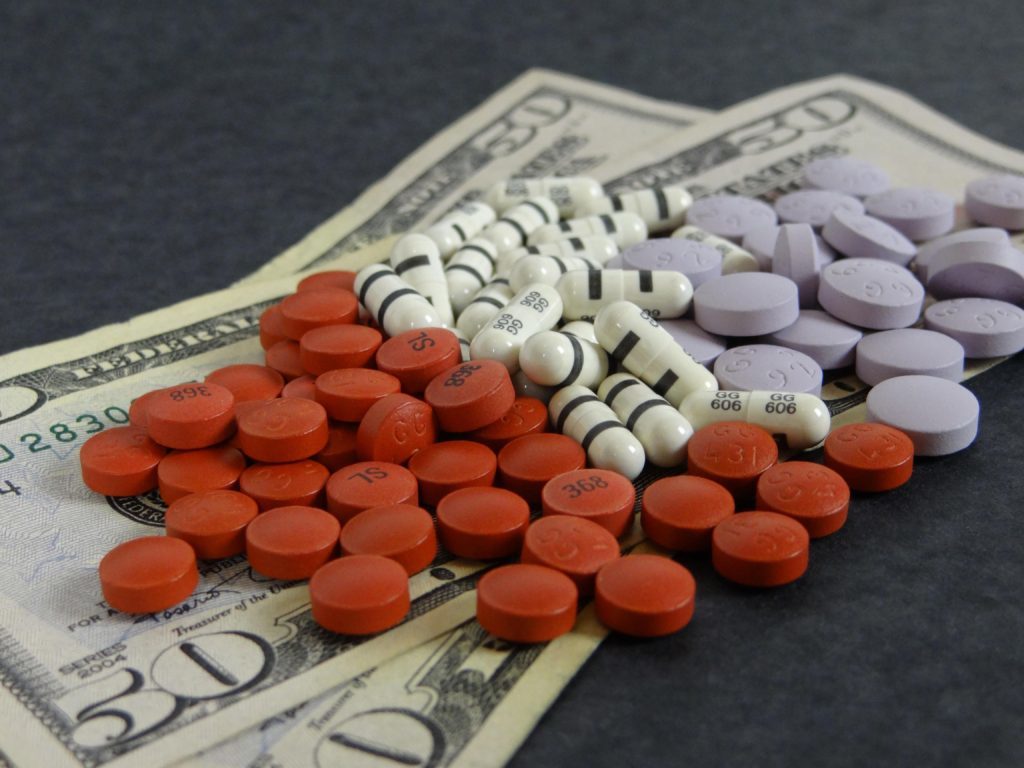
End Joint Pain with Prolotherapy
Suffering With Joint Pain? Prolotherapy May End Joint Pain
Gardening, biking and hiking season are here and for many people, outdoor activities are a welcome reprieve from winter. Unfortunately for some, joint pain inhibits the ability to partake in physical activity. If you’re suffering with painful joints, read on to learn how prolotherapy can end joint pain and similar therapies can get you back in to the game of life.
Cause Of Pain
Bones and muscles are held together by connective tissues. Connective tissues include ligaments, which connect bone to bone; tendons, which connect the bones to muscles; and discs and cartilage, which serve to absorb shock and keep the bones from rubbing against one another.
When ligaments, tendons and associated connective tissues become torn or over-stretched due to injury or over-use, the joint becomes unstable and resultant friction causes the discs or cartilage to become worn down. The loss of stability, cushion, and resultant inflammation cause increased nerve tissue stimulation (i.e. pain). Pain allows you to become aware of damaged tissue and is the body’s attempt at preventing further damage. Masking pain leads to irreparable damage that eventually requires joint replacement.
Conventional Pain Management
Conventional treatment of pain management includes blocking pain sensation with medications, such as anti-inflammatory drugs (non-steroidal anti-inflammatory drugs or NSAIDS, such as ibuprofen and naproxen), which harm the kidneys and cause stomach bleeding; opiates (Vicodin and Codiene), which are highly addictive; muscle-relaxant medications, (Valium), which act as “brain-relaxants” rather than on the painful tissue and are also highly addictive; antidepressants and anti-seizure medications (the pain relieving mechanism of action is not known).
In addition, cortisone (corticosteroid) oral medications and injections are often administered to stop the inflammatory process and reduce the pain. However, since the inflammatory process is part of the healing process, cortisone essentially prevents healing of tissue! Cortisone can make the pain go away temporarily (up to a month), but the destruction of the joint continues and is actually accelerated since one of the side effects of cortisone is cartilage and bone degradation.
Hyaluronic acid injections are used when NSAIDs are ineffective in controlling pain, or when the patient can’t tolerate these drugs. The treatment regimen for hyaluronic acid usually involves receiving one injection in the affected joint per week for three to five weeks. According to some studies, some patients get 28 to 54 percent reduction in pain after about five weeks, which lasts approximately 3 months.
Physical therapy can strengthen muscle tissue and is often recommended as part of pain management. Pain reduction can be temporarily achieved by blocking transmission of nerve impulses to the brain with electrical stimulation, such as transcutaneous electrical nerve stimulation (TENS) units. Acupuncture reduces pain that is caused by stagnation or blockage of qi (energy). Physical adjustment can relieve pain by re-aligning skeletal tissue.
Finally, if other treatments fail to control the pain, surgery is frequently recommended. Unfortunately, the cost of surgery averages around $45,500 so out of pocket deductibles may be in the thousands. Some resources report it may take up to one year before the benefits of joint replacement surgery become fully apparent.
Prolotherapy, a regenerative medicine addressing the cause of pain
Prolotherapy is a safe and effective approach to reduce and end joint pain caused by past injury and overuse.
Prolotherapy is derived from the Latin word “proli” which means to regenerate or rebuild. Prolotherapy involves injecting a solution into specific sites of the painful joint, which stimulates the body’s own healing mechanism to repair and rebuild injured tissue into a stronger, more supportive tissue than it was before. This stronger tissue holds the joint in proper alignment and provides cushion so that inflammation is decreased and the nerve tissue is no longer stimulated, which means pain is significantly reduced or eliminated.
Most patients return to their normal daily routine following the procedure. Results are generally permanent in nature and may require a “booster” injection every year or so after the initial series. Physical therapy, physical adjustment and acupuncture are wonderful adjuncts to prolotherapy.
Platelet rich plasma (PRP) injections use your own body’s platelets and associated chemicals to induce a pronounced regenerative response in the tissues. PRP can be used adjunctively with prolotherapy and hyaluronic acid injections. PRP costs more and usually requires less treatment than prolotherapy. Neural prolotherapy uses subcutaneous injections and is an additional technique that can be used adjunctively in management of chronic pain.
Why haven’t I heard of prolotherapy before?
Unless a doctor has taken the extra training required to do prolotherapy, PRP and neural prolotherapy, they may not be aware of the beneficial effect, as it is not taught in medical schools. Furthermore, one procedure may take up to an hour and many doctors cannot afford to take this amount of time for one patient. Even though clinical trials have proven the effectiveness of prolotherapy, most insurance companies do not provide coverage.
Choosing a prolotherapist
Prolotherapy has been used over 65 years is very safe when administered by a trained physician. Choosing a physician that understands the complex process of healing is important.
Injury to musculoskeletal tissue induces many chemical reactions that fight infection, clear away debris, and rebuild the damaged tissues. Working with the body to complete the healing process is paramount to success of regenerative medicine. Complex interactions occurring between nutrition, hormones, underlying disease, circulation, neurological connections, and many other factors affect the body’s ability to repair itself and heal. Therefore, it is imperative to address the patient’s overall health, diet and lifestyle when using regenerative medicine.
Getting older doesn’t have to be debilitating if you utilize therapies that support the body’s inherent ability to heal itself. Don’t allow chronic pain to put you on the sideline of life! Prolotherapy, PRP and neural prolotherapy are non-surgical regenerative medicine techniques that stimulate the body to repair damaged and worn out tissues and alleviate or end joint pain.
Cheryl Hamilton, NMD, began her healthcare career 36 years ago. She earned a B.S. degree in Nutrition from Colorado State University, worked in the health and fitness industry, owned and operated a nutritional counseling business, taught collegiate nutrition, health and wellness courses and raised four children before attending the Southwest College of Naturopathic Medicine. Dr. Hamilton has completed prolotherapy/PRP training via the American Association of Orthopaedic Medicine (AAOM) and the Hackett Hemwall Foundation. She is passionate about improving the health and wellbeing of women and their loved ones. Her office is at 8363 E. Florentine Road, Suite C, in Prescott Valley. For more information, call 928-515-2363, or go to www.healthandhealing.center.



